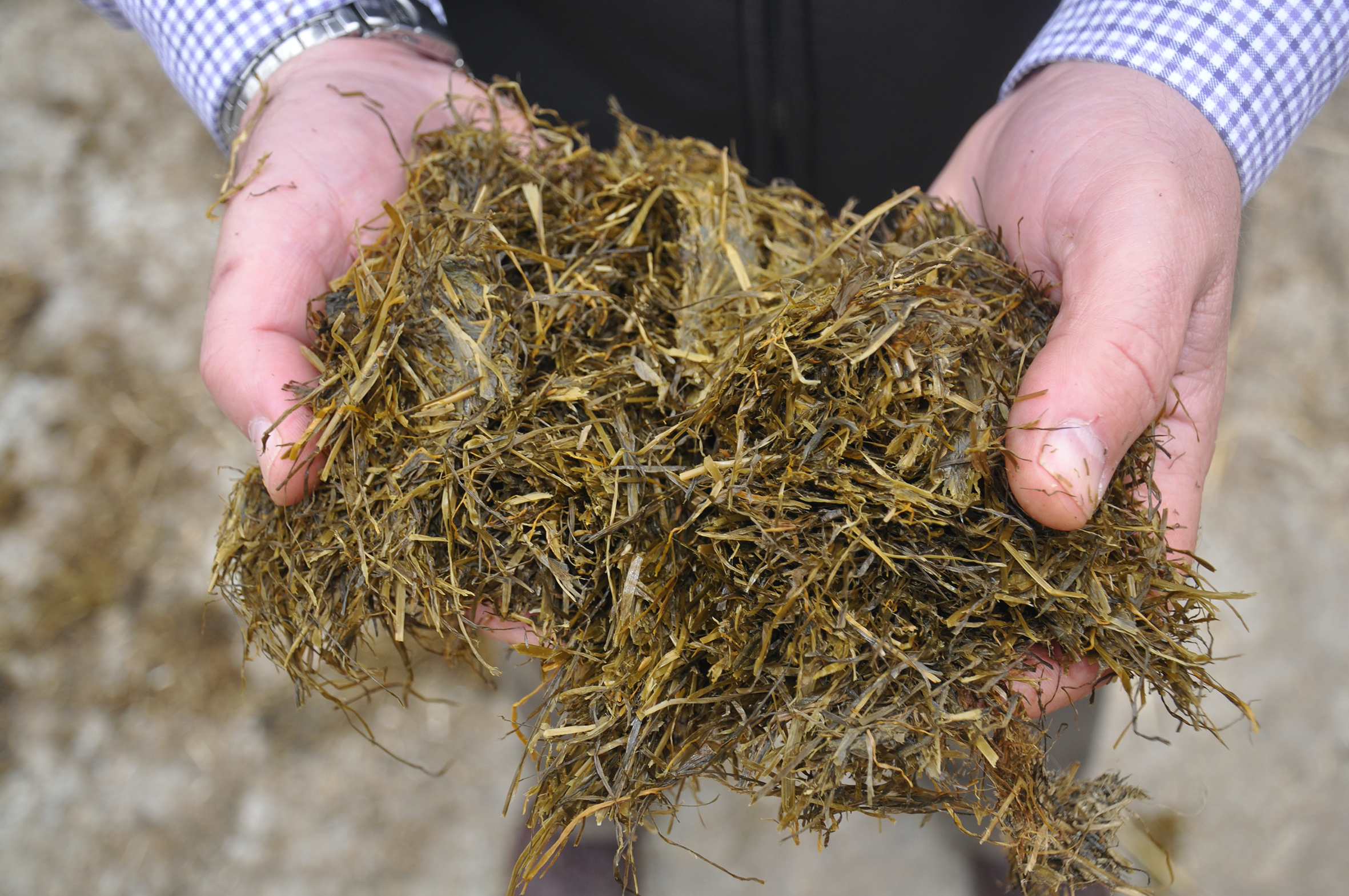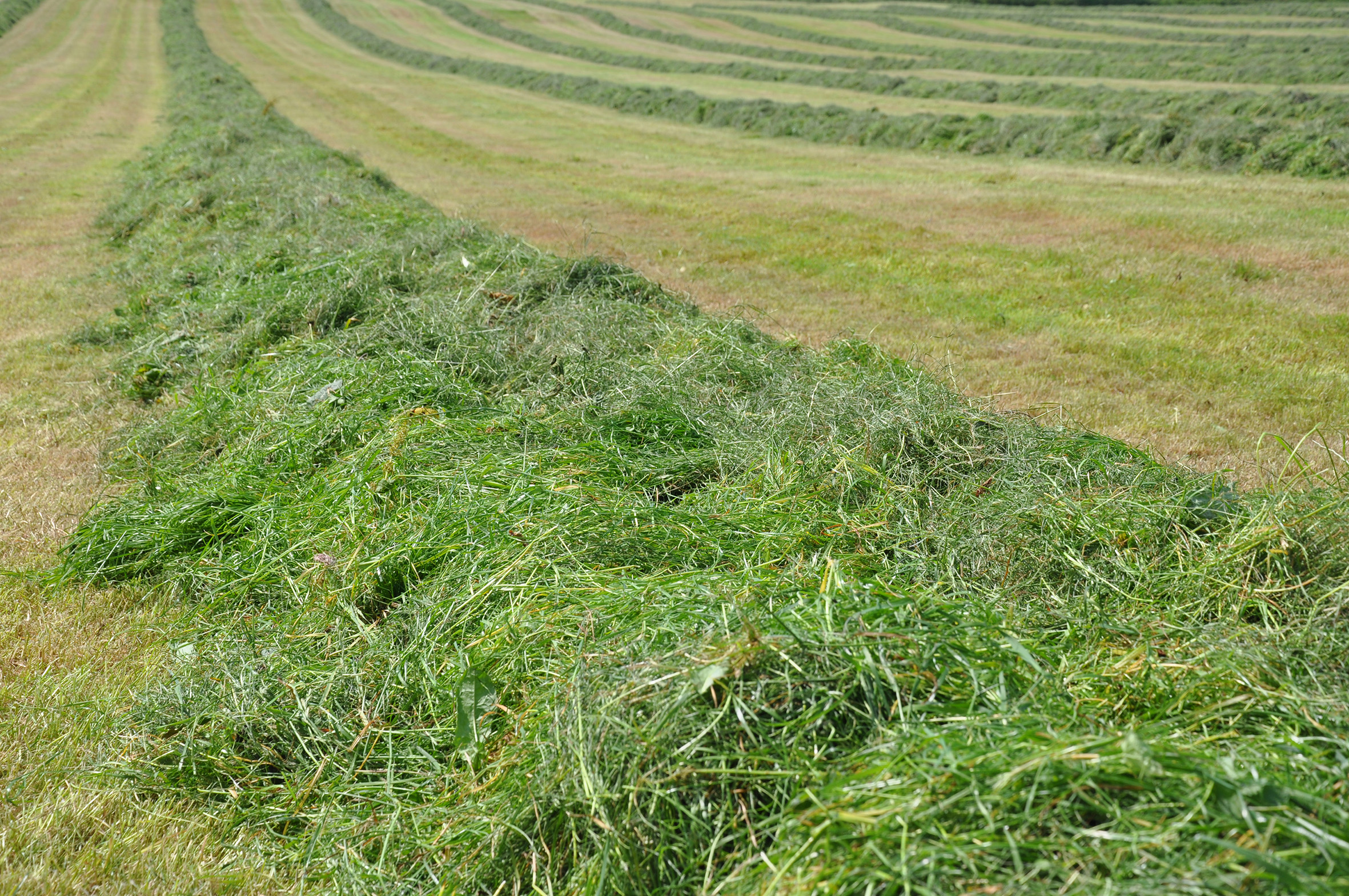Five ideas to help boost silage in 2023
13 March 2023
As one of the cheapest feed sources available, good grass silage is pivotal to farming profitably – especially now that milk prices have recently fallen back.
Some advantages of making better silage (e.g. by minimising ‘in-clamp’ losses):
- While purchased feeds are a key element in most rations, homegrown feeds are likely to be the most cost-effective base to the diet
- Better silage means that more of the cow’s nutritional needs are provided by silage. This can result in higher milk yields or the use of less or cheaper concentrates to maintain the same yields
- Making better silage – by minimising losses in silage quality and quantity – makes better use of the (not inconsiderable) investment made in fertiliser and fuel to ‘grow’ the grass in the first place – compared with poorer silage where more of this investment goes to waste
However, there are some pitfalls to watch out for this year.
If cutting back on nitrogen (N) fertiliser, it could cause grass yield and quality to suffer. Alternatively, applying extra slurry to replace N will increase risks from slurry bacteria, which can compromise fermentation in the clamp. Plus, we saw last year the importance of adjusting cutting date to navigate unusual weather.
In response to the various challenges, here are five key tips:
1. Recognise the value of your silage
Do recognise the contribution that silage makes to maximising milk from forage. It’s not just bulk.
It isn’t enough to grow quality grass. You need to minimise nutrient and dry matter (DM) losses when conserving it.
Typically, DM losses in untreated grass silage are about 10%. But they can be 25% or higher. So follow best practice silage production and fermentation methods. Cutting grass younger improves digestibility and protein content, while conserving with the proven additive Ecosyl has been shown to halve DM losses and preserve more energy and protein.
Moreover, independent trials have shown that feeding a range of silage crops preserved with Ecosyl boosted milk yield by an average of 1.2 litres per cow per day.
If unsure how well your silage normally ferments, check previous silage analyses. You want a ratio of lactic acid to undesirable volatile fatty acids (VFAs) of at least 3:1.
2. Adapt to the weather
Last year’s drought across much of the country underlined the importance of being flexible with silage cutting dates. Farmers who didn’t seize the opportunity to get one or two cuts in early often found themselves in a worse position.
Even if you were lucky enough not to suffer from the 2022 drought, there’s no guarantee your farm won’t be affected by difficult weather in 2023.
Cutting early not only allows a silage cut to be ‘banked’, it also encourages fresh regrowth for the next cut.
Cutting earlier does lead to more cuts. But cutting five times in our research produced grass on average 3 D units higher in digestibility (equivalent to 0.5MJ) and almost 3% higher in crude protein compared with cutting three times, and yielded 0.92 t/ha extra DM.
This year there are added reasons for cutting earlier: to clear old grass growth from the mild winter, and because cutting back N could cause grass to head earlier due to stress.
3. Mitigate slurry risks
Applying extra slurry to replace some bagged N, or cutting silage at shorter intervals, increases the risk of poorer fermentation and DM losses due to enterobacteria in the silage.
Apply slurry as soon as possible after harvesting to allow it more time to dissipate. Also, consider dilution to encourage it to wash into soil quicker, and apply by trailing shoe or injection to keep it off leaves.
This is also another area where a proven additive can help. Enterobacteria numbers in silage made using Ecosyl have been up to 100,000 times lower than in untreated silage.
4. Wilt efficiently
Rapid wilting to the correct %DM is important to reduce the breakdown of sugars and proteins that occurs between cutting grass and ensiling it.
To reduce wilting time, ted straight away after cutting. In a trial on grass cut on a warm, dry July day, cutting at 10am and tedding immediately resulted in grass reaching the target 30% DM in just 4.5 hours, compared with 24 hours when left in rows.
Rapid wilting to the correct %DM helps to minimise losses at all stages of silage making.
5. Keep contractors informed
Cutting grass before heading is vital for top silage quality, so keep your contractor informed of when you will need them, and especially if planning to cut earlier or more often this year.
Another benefit of cutting earlier is that contractor availability is often better, which reduces the risk of grass quality passing its peak due to delays.
Find out more tips for improving grass silage at each stage – cutting, wilting, harvesting, treating, clamping and feeding?
